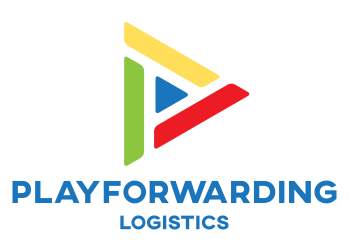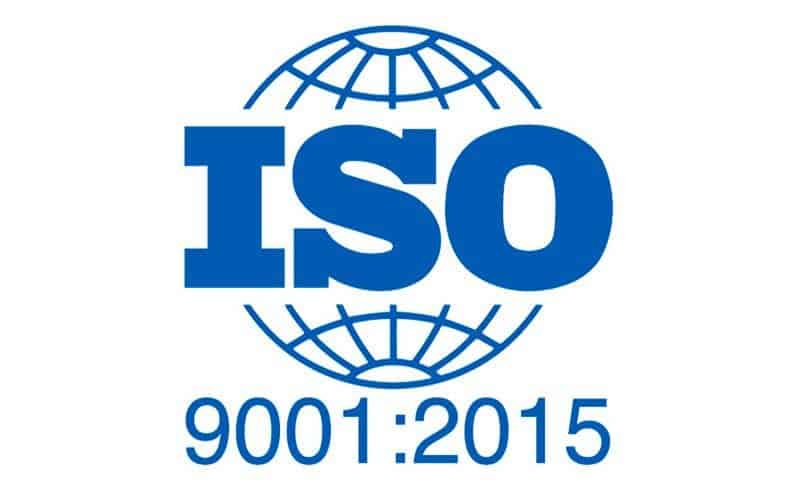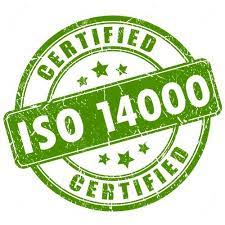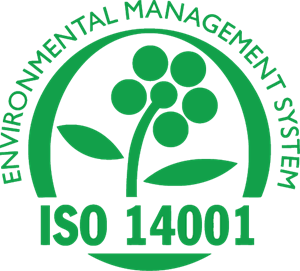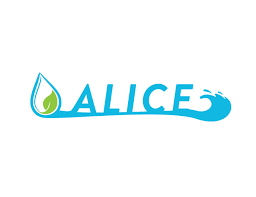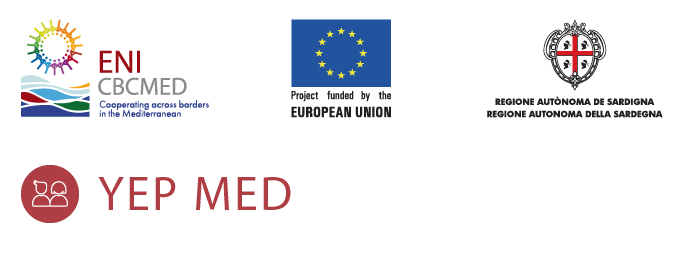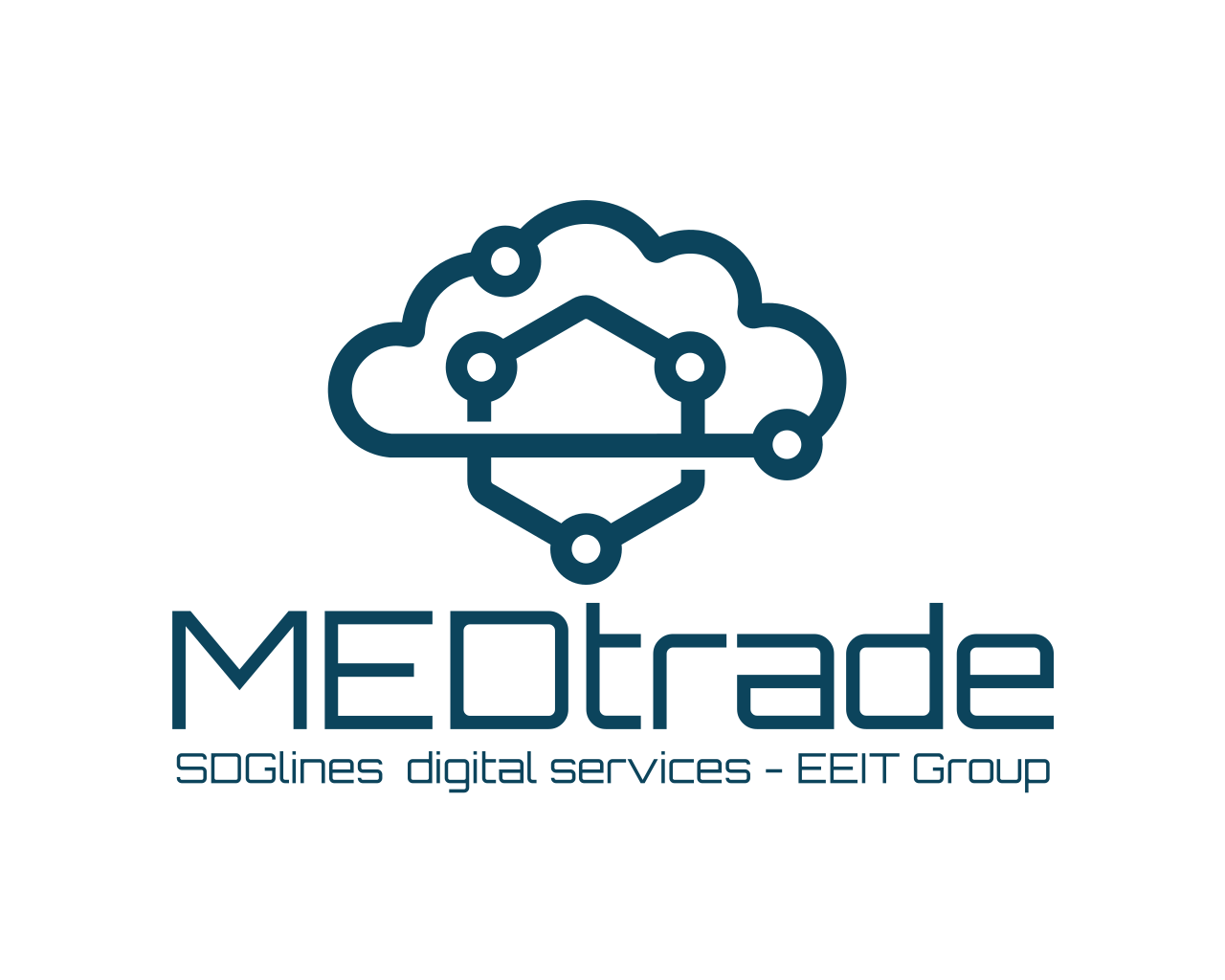Environment and Sustainability
Environment
Our environment is polluted by the activities of different companies - and those involved in moving freight in particular contribute to the pollution.
Sustainability
Sustainable transport covers environmental, social and economic dimensions aiming to be green and having a low impact on the environment, all of it by balancing our clients' current and future needs.
Environment
A "Green" company
Climate change and environmental degradation are an existential threat to Europe, the Mediterranean and the world. To overcome these challenges, we all need a new growth strategy that will transform the Mediterranean into a modern, resource-efficient and competitive economy, where there are no net emissions of greenhouse gases by 2050, economic growth is decoupled from resource use and no person and no place is left behind. The European Green Deal is our plan to make the EU's economy sustainable.
The green companies, including member companies of the Association for Freight Forwarders (FETEIA) throughout Europe take extra precautions to lower the pollution of the environment resulting from their activities. When picking the best routes for their clients, they choose the shortest ones, and also use environmentally friendly packing, and others. This way, the forwarding services have the minimum negative environmental impact possible when performing International freight forwarding.
Environmental protection taxes
The European Union has established a series of environmental protection taxes. These are based on physical units (or proxies of physical units) which have been proven to have a negative impact on the environment.
These taxes are collected in the following areas:
- Transport
- Resources
- Energy
- Pollution
The environmental tax which is particularly pertinent for freight forwarders Europe is the tax on transportation because it is the basis of their activity and services they offer.
Components of the environmental taxes
The main components of the environmental taxes can be divided into 4 categories:
Energy taxes – This category includes taxes on energy production and on energy products used for both transport and stationary purposes.
Transport taxes – This category mainly includes taxes related to the ownership and use of motor vehicles. Taxes on other transport equipment (e.g. planes, ships or railway stocks), and related transport services (e.g. duties on charter or scheduled flights) are also included here, when they conform to the general definition of environmental taxes.
Pollution taxes – This category includes taxes on measured or estimated emissions to air and water, management of solid waste and noise. An exception is the CO2-taxes, which are included under energy taxes.
All vehicles use fuel. Wherever possible, Playforwarding uses “green” vehicles, which lower the environmental impact of the transport route, and lower the cost for the clients as the environmental tax is then no longer applied.
Resource taxes - This category includes taxes linked to the extraction or to the use of natural resources, such as water, forests, wild flora and fauna, etc., as these activities deplete natural resources. Playforwarding is commited to use of recyclable, reusable and green packaging - something that limits the use of natural resources.
"There is no question climate change is happening. The only arguable point is what part humans are playing in it.”
- David Attenborough
Certification
The conformity with UNI EN ISO 9001:2015 regulations and the integration of the management system with the requirements of ISO 14001:2015, have further consolidated the systems adopted by PlayForwarding with regards to Quality and Environment.
The Environment and Quality Policy is the main document of the integrated system and is disseminated and pursued by all personnel.
Sustainability
Why does Freight Matter to Sustainability
The basic definition of sustainability has been expanded to include three major pillars (often referred to as the three Es):
- Social equity - favouring a distribution of resources among the current generation based upon comparative productivity levels and the promotion of equal opportunities.
- Economic efficiency - permitting higher levels of economic efficiency in terms of resource and labour usage.
- Environmental responsibility - or monitoring the “footprint,” which is lesser than the capacity of the environment to accommodate. This includes the supply of resources (food, water, energy, etc.) and the safe disposal of numerous forms of wastes.
Why sustainability?
United Nations Sustainable Development Goals
In line with the achievement of a the sustainable execution of our operations, PlayForwarding integrates in its core activities and managing structure the goals stablished by the United Nations 2030 Agenda.
The UN Sustainable Development Goals (SDGs) are 17 goals to end poverty, protect the planet, and ensure prosperity for all.
The SDGs provide a shared vision of the future, and a framework to guide governments, industry, non-profit organisations and the entire global community in working together for a better world.
- SDG 4: Training with gender equality, equal opportunities and aimed at building sustainable logistics chains for sustainable transport and a better society.
- SDG 10: By participating in programmes such as YEP MED, PlayForwarding contributes to eliminating the barriers that generate inequalities, giving opportunities to the most disadvantaged to access what developed societies offer.
- SGD 5: PlayForwarding is committed to WISTA to achieve gender equality in all areas of the company.
- SDG 14: PlayForwarding certification is used by countries and organisations as part of their commitments towards delivering on Life Below Water.
- SDG 7 and SDG 13: Our investments in energy efficiency (SDG 7) and the commitment to a transition towards sustainable and non-polluting energy sources contribute to a better environment.
- SDG 2, SDG 8, SDG 12 and SDG 17: Our work also helps efforts to strengthen food security, promote sustainable economic growth, promote sustainable consumption and production, and strengthen global partnerships for sustainable development.
How are we choosing sustainability?
Measure
There is no clear scientific definition of how to measure the sustainability of transport. The CO2 emissions generated by a journey are often roughly estimated using fuel consumption x kilometers driven.
At PlayForwarding we use the Global Logistics Emissions Council (GLEC) framework methodology to calculate and declare energy consumption and greenhouse gas emissions for all of our transport services. We take this into account when preparing quotes for our customers.
Digitise
Efficient transport logistics and sustainable transport require optimised coordination between all actors involved in the supply chain.
At PlayForwarding we cooperate closely with all of our partners using our online platforms that offer real-time communication and cooperation between all partners. Our logistics is cloud-based, and can support software solutions for efficient freight allocation, time slot management, status messaging, and real-time tracking. Apart from minimising empty runs, these solutions also eliminate the need for paper trails, therewith further protecting our environment.
Take decisions
In our era, competitiveness of services does not only depend on low prices, but also on quality of the service and environmental impact. With advanced tools and trained professionals, PlayForwayrding designs logistics chains which are respectful with our environment, as well as efficient and competitive.
In support of CO2 emission reduction in transport we are member of initiatives of these organisations
How are we reaching our sustainability goals?
Our path towards becoming CO2 neutral surrounds visibility actions, reduction measures and emission offsetting.
Visibility
Actions
In order for us to make greener choices, we needed to become awareness of our CO2 footprints throughout our operations. Thanks to our digital platforms, our customers can now optimise routes and therewith only choose those services with that have the lowest environmental impact.
Contact us to know more!
Reduction
Measures
We are committed to reducing CO2 emissions. To do this, we ensure that our staff are up to date with training programmes that not only maintain but also further extend the environmental qualifications of our teams.
In order to reduce the impact in those measures, we invest in renewable energy and try to reduce the number of business trips and waste disposal. The virtual world in which we live in makes this possible.
Emissions Offsetting
We lessen our footprint by investing in certified nature-based projects that work towards the Sustainable Development Goals (SDGs). Carbon offsetting is a recognized mechanism that allows counterbalancing CO2 emissions of a shipment that cannot be avoided. This mechanism is also available to our customers.This is the text area for this paragraph. To change this text, simply click here and start editing. You can also customise the colour, font and size of the text by highlighting it.
